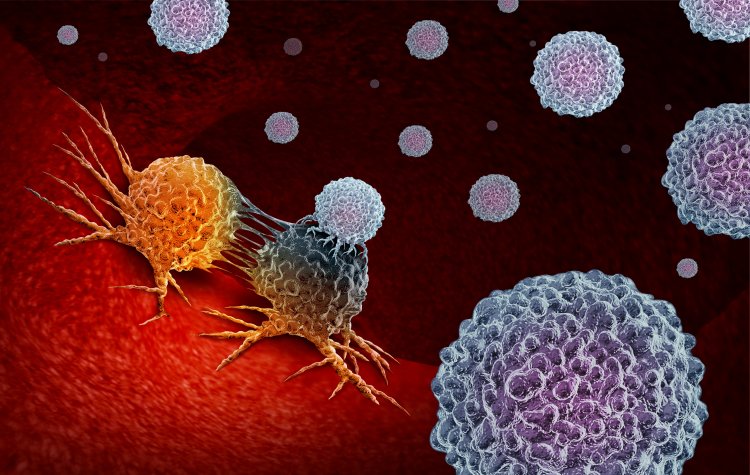July 28 – World Hepatitis Day. On this date, people around the world unite their national and international efforts to combat hepatitis. There is a massive call for action by influencers capable of addressing the problem, other partners and public organizations to cooperate and implement large-scale measures against the disease set out in the WHO Global Hepatitis Report 2017.
According to the WHO, the date of July 28 was chosen as the World Hepatitis Day as it is the birthday of Baruch Samuel Blumberg, an American doctor, scientist and a winner of the Nobel Prize in Physiology and Medicine. Together with his colleague, Daniel Carleton Gajdusek, he identified the hepatitis B virus and discovered methods to treat the disease. In the course of their experiments, the scientists performed numerous transfusions of blood from infected patients. They expected to determine how antibodies will arrest antigens from different blood sera. And as early as 1963, when antibodies were discovered in a New Yorker diagnosed with hemophilia, they found that the patient's antibodies only responded to a single serotype – the Australian antigen.It is also called the hepatitis B viral envelope protein. Viral antigens reduce the number of hepatitis B infections in blood transfusions. This discovery was confirmed by Nobel Prize winners in 2020 – Harvey J. Alter (USA), Michael Houghton (UK) and Charles M. Rice (USA). The scientists were awarded for their research in the field of hepatitis C.
The fact was reported earlier to Scientific Russia by Igor Nikitin, Professor, M.D., Head of Therapeutic Direction of the Central Clinical Hospital of RAS: “This is a virus that causes chronic liver damage leading to the development of liver cirrhosis and liver cancer. Until 1989, the method for diagnosing viral hepatitis C was based on ruling out hepatitis A and hepatitis B infections. An important detail of this discovery is the enablement of mass screening.Now we can understand, based on diagnostic tests, that have seen so much subsequently development and refinement, how many infected patients there are today, and when we should be waiting for a serious enough complication to be target by treatment.”
According to WHO statistics, there are 325 million people living with viral hepatitis B or C, 900,000 people die every year from the virus while 10% of those living with hepatitis B and 19% of hepatitis C patients are aware of their serological status. Today, 42% of children in the world are vaccinated against hepatitis B. “There are five main types of the hepatitis virus – A, B, C, D, and E. Added together, Hepatitis B and C infections are the most common cause of death, killing 1.4 million people each year. Even as the COVID-19 pandemic ravages the world, thousands of people die every day from viral hepatitis,” say WHO representatives.
In terms of mortality, the infectious disease ranks second after tuberculosis. The number of infected patients is 9 times higher than the number of HIV carriers. Hepatitis B can be prevented and treated while the hepatitis C virus is incurable. More than 80% of people infected with hepatitis have no access to prevention, testing, and treatment. On World Hepatitis Day, awareness is brought to information and statistics on viral hepatitis B and C, an inflammatory liver disease that causes diverse health effects including liver cancer.
The article is based on open sources.
Source of image in the text and on the homepage: ightwise / Фотобанк 123RF






















